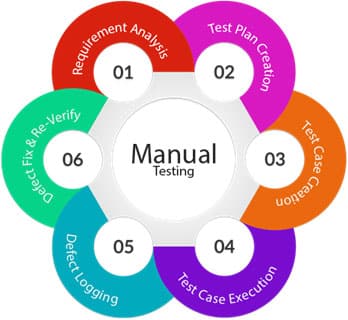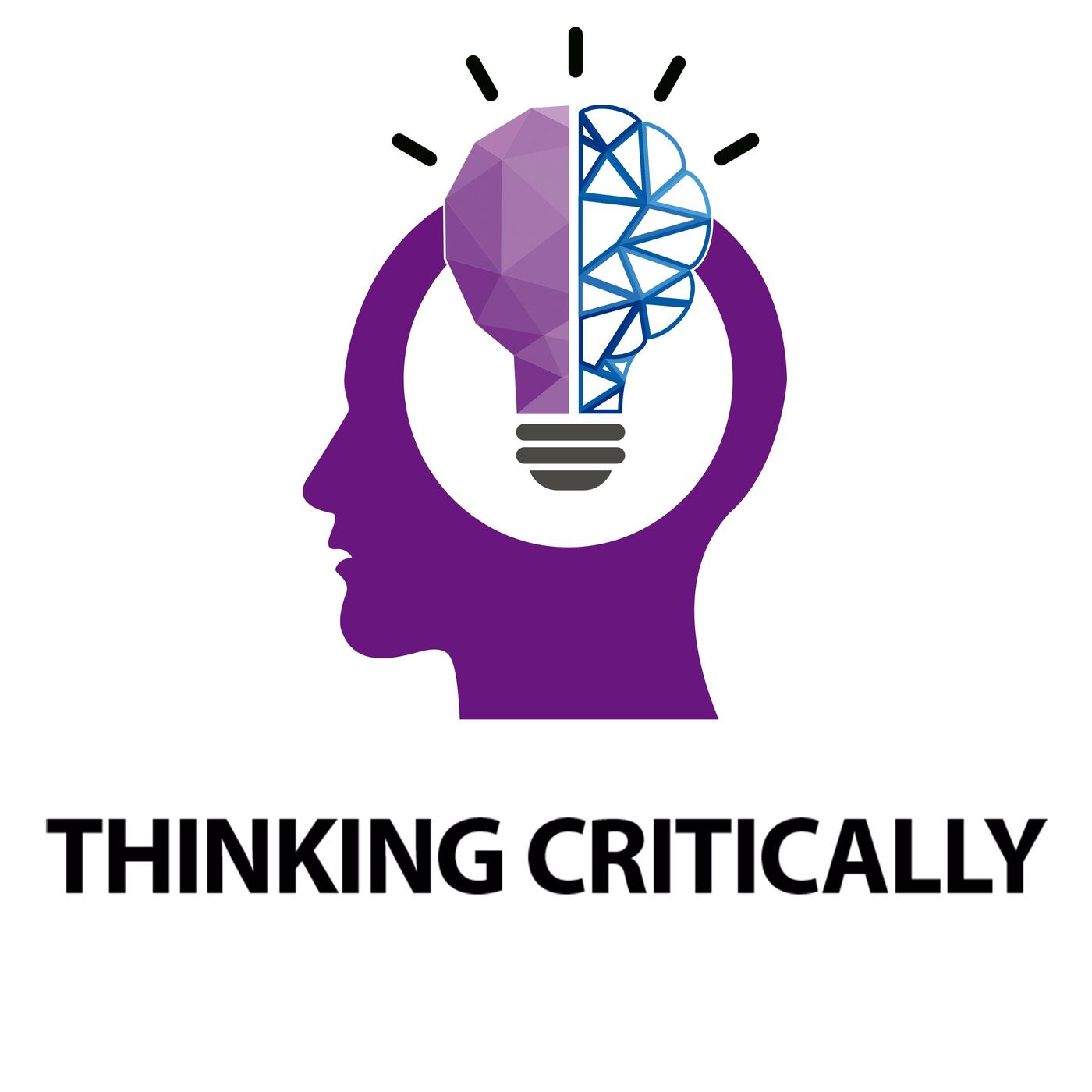Mastering Manual Testing: A Step-by-Step Course Overview

Manual testing, a cornerstone of quality assurance, plays a crucial role in this process. Whether you’re new to the field or seeking to enhance your expertise, this course Mastering Manual Testing: A Step-by-Step Course Overview will pave the way to success in manual testing. Mastering Manual Testing: A Step-by-Step Course Overview
Software Testing: Fundamentals
Software testing is the systematic evaluation of a software application to identify defects and ensure it meets specified requirements. It’s a critical component of software development, serving as a quality control mechanism to deliver reliable, bug-free software to end-users.
The software testing life cycle comprises several phases, each with a unique purpose. Understanding these phases is vital for effective manual Mastering Manual Testing: A Step-by-Step Course Overview. These phases typically include:
1. Requirement Analysis: Gathering and analyzing project requirements to determine testing objectives.
2. Test Planning: Creating a comprehensive test plan outlining the scope, objectives, and resources required for testing.
3. Test Design: Developing detailed test cases and test scripts based on the requirements and test plan.
4. Test Execution: Mastering Manual Testing: A Step-by-Step Course Overview Running the test cases and recording the results.
5. Defect Reporting: Documenting and reporting any defects or issues identified during testing.
6. Test Closure: Evaluating whether the testing objectives have been met and preparing the final test summary report.
Preparation and Environment Setup
1. Hardware and Software Selection: Identify the hardware and software configurations that match the target user environment. This includes selecting operating systems, browsers, and devices for compatibility testing.
2. Test Data: Prepare the necessary test data, which should cover a wide range of scenarios. Ensure that you have access to sample data sets, user credentials, and any other data required for testing.
3. Testing Tools: Depending on the nature of your testing, you may need various tools such as bug tracking systems, Mastering Manual Testing: A Step-by-Step Course Overview test case management software, and screen capture tools. Familiarize yourself with these tools to streamline your testing process.
4. Test Environment Setup: Create a controlled and isolated environment where you can conduct testing without interfering with the production system. Virtual machines, sandboxes, or dedicated test servers are often used for this purpose.
5. Documentation: Maintain thorough documentation of your Mastering Manual Testing: A Step-by-Step Course Overview environment setup, including configurations, data sources, and any special instructions. This documentation will be invaluable if you need to replicate the environment for future testing.
Test Case Design and Documentation
- Start by thoroughly understanding the software requirements and functionalities to be tested. This forms the basis for your test cases. Develop detailed test cases that outline the steps to execute, the expected outcomes, and the criteria for pass/fail. Test cases should be clear, concise, and organized.
- Ensure you have the necessary test data to execute your test cases. This includes input values, expected results, and any dependencies. Maintain traceability between test cases and requirements to ensure complete test coverage. This helps in verifying that all requirements have been tested.
- Properly document your test cases in a test management system or spreadsheet. Include a unique identifier, test description, preconditions, steps, expected results, and actual results during execution.
- Test cases should evolve alongside the Mastering Manual Testing: A Step-by-Step Course Overview. Regularly review and update them to reflect changes in requirements or application features. This ensures that your testing remains relevant and effective.
- Consider peer reviews or walkthroughs of your test cases. Collaborative input can help identify potential issues and enhance the quality of your test cases.
- Not all test cases are equally important. Prioritize them based on factors such as criticality, complexity, and frequency of use. This allows you to focus your testing efforts on the most critical areas.
Execution and Reporting
1. Test Execution: Execute each step, input the data, and compare the actual outcomes with the expected results.
2. Defect Identification: detailed information about the issue, including steps to reproduce it and the environment in which it occurred.
3. Regression Testing: After resolving defects, perform regression testing to ensure that fixes haven’t introduced new issues or broken existing functionalities.
4. Test Execution Metrics: Track and document metrics related to test execution, such as the number of test cases executed, pass/fail rates, and test execution duration
5. Test Reporting: Prepare comprehensive test summary reports that include an overview of the testing effort, defects found, their status, and any recommendations for further testing or improvements.
6. Communication: Discuss defects, provide additional information if needed, and collaborate to resolve issues efficiently.
Techniques for Exploratory Testing
- Understanding Exploratory Testing: Explore the concept of exploratory testing, where testers use their knowledge and creativity to uncover defects that may not be apparent through scripted test cases.
- Ad-Hoc Testing: Discuss the value of ad-hoc testing, where testers freely explore the application, attempting to identify unexpected issues.
- Scenario-Based Testing: Describe how scenario-based testing within an exploratory approach can simulate real-world user interactions and uncover usability issues.
- Mindset and Techniques: Explain the mindset required for effective exploratory testing, which involves critical thinking, creativity, and adaptability. Discuss techniques such as session-based testing and chartering.
- Documentation: Emphasize the importance of documenting your exploratory testing sessions. Capture your thought processes, actions taken, and any defects discovered.
Continuous Learning and Improvement
- Stay Informed: Encourage reading blogs, attending webinars, and joining testing communities. Mastering Manual Testing: A Step-by-Step Course Overview.
- Certifications: Mention the value of certifications like ISTQB (International Software Testing Qualifications Board) for formal recognition of your testing expertise.
- Peer Collaboration: Emphasize the benefits of collaborating with peers and mentors to exchange insights, troubleshoot issues, and learn from others’ experiences.
- Continuous Practice: Advocate for regular practice and self-assessment through personal projects or testing challenges. It’s essential to keep your skills honed.
- Feedback Integration: Be open to feedback from colleagues and stakeholders, using it as a constructive tool for personal growth and improvement.
- Exploring New Technologies: Encourage testers to explore emerging technologies and trends, such as AI in testing or testing for IoT devices, to expand their skill set.
Conclusion
In conclusion, mastering manual testing is a dynamic journey that involves a deep understanding of fundamental principles, meticulous test case design, and proficient test execution and reporting. It encompasses both structured and exploratory approaches, highlighting the importance of adaptability and creativity. However, the path to becoming an expert manual tester doesn’t end with this overview. Continuous learning and improvement are the cornerstones of excellence in this field. Staying informed, seeking certifications, collaborating with peers, and embracing new technologies are all vital components of a tester’s professional growth. If you’re looking to embark on this journey or further enhance your testing skills, consider enrolling in good institutes which provides comprehensive Software Testing Course in Rohtak, Faridabad, Jabalpur, Jaipur, Chennai, Kolkata and Guwahati as this course provide structured guidance, hands-on experience, and expert insights that can accelerate your progress and set you on the path to becoming a proficient manual tester.



